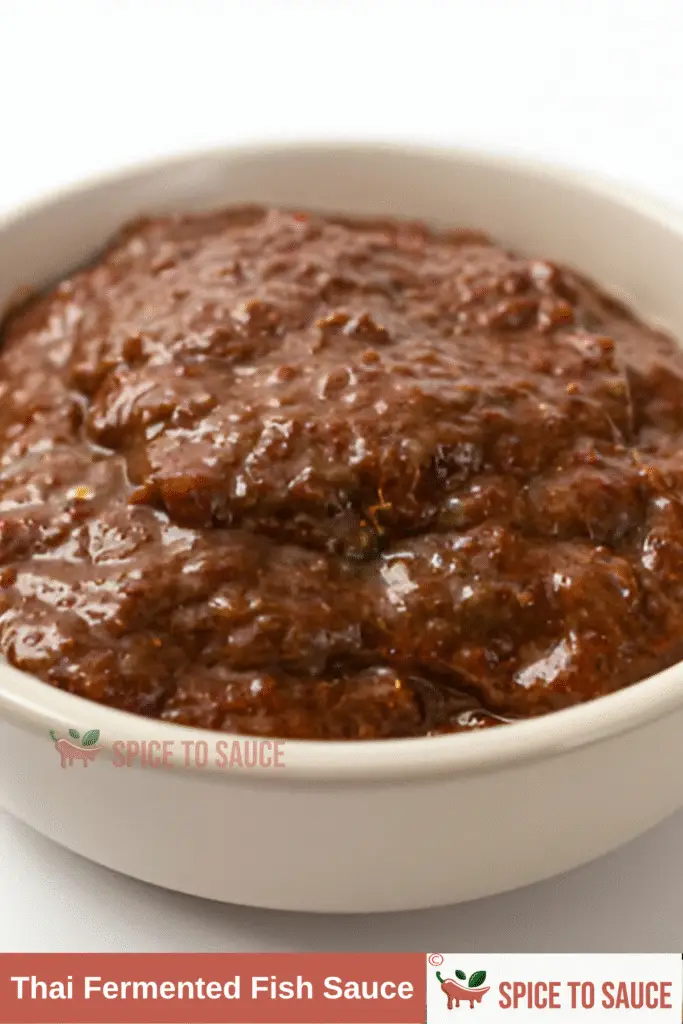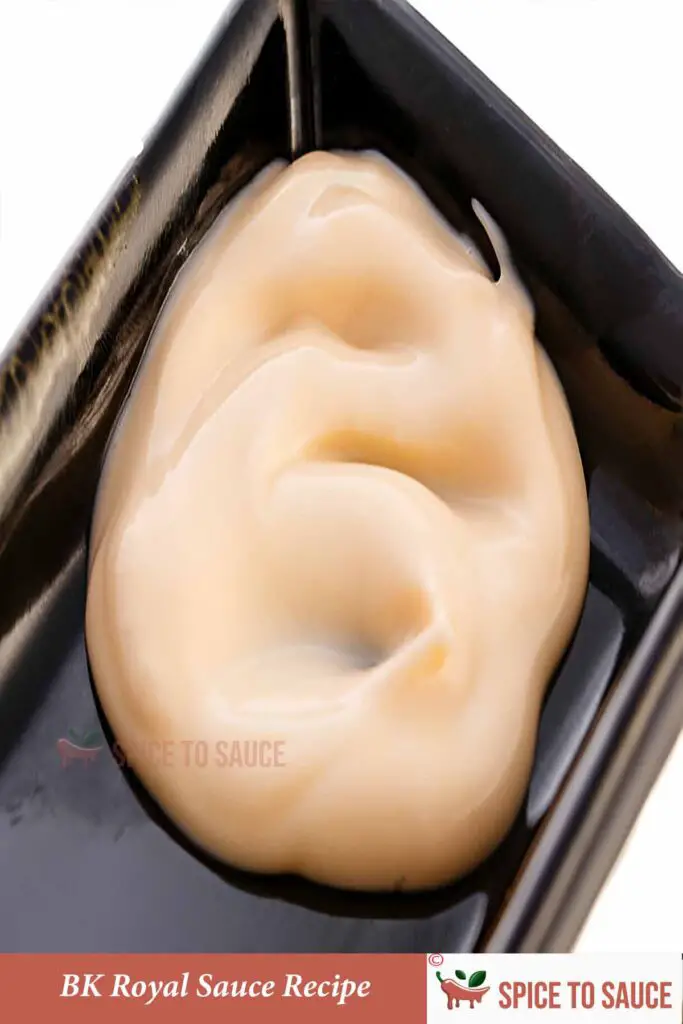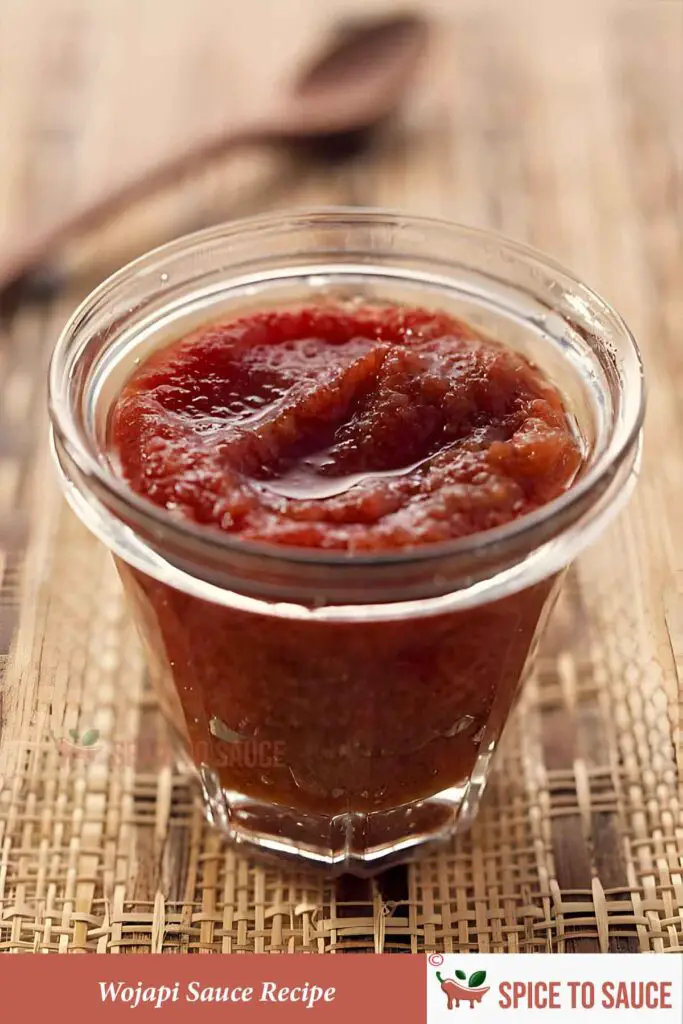If you’ve ever wondered what gives Thai food that deep, savory, salty edge, it’s fish sauce. But not just any fish sauce. We’re talking about Thai fermented fish sauce, also known as nam plaa bold, an umami-packed seasoning made by fermenting fish and salt.
While you can buy bottled versions, there’s something uniquely satisfying about making it yourself. You get full control over the ingredients and a traditional process that ties directly into Southeast Asian culinary heritage.
Making it at home takes patience, but the result is a deeply flavorful condiment that brings authentic Thai depth to your cooking.
Let’s walk through how it’s done, step by step.

What Is Thai Fermented Fish Sauce?
Thai fermented fish sauce is a salty, amber-colored liquid made by fermenting small fish, usually anchovies, with sea salt over several months. This sauce is central to Thai cuisine, used in stir-fries, soups, salads, marinades, and dipping sauces.
Unlike soy sauce, it’s made entirely from fish and salt, no grains or sweeteners, making it naturally gluten-free and keto-friendly. This umami flavor enhancer is bold, funky, and complex. Once you’ve made it, a small spoonful can transform an entire dish.
Ingredients You’ll Need
Making fermented fish sauce in Thailand involves simple ingredients, but time and patience are key.
Fresh Anchovies or Small Fish
Use 1 kg (2.2 pounds) of fresh anchovies or small saltwater fish.
Tip: Clean and gut the fish, but keep the heads and bones; they add depth during fermentation.
Non-Iodized Sea Salt
Use 300 g (about 1¼ cups) of coarse sea salt.
Note: Iodized salt can inhibit fermentation, so always use natural sea salt.
Clean Water (Optional)
Only if you’re doing a wet-brine style. Some prefer a dry ferment using only salt.
Large Glass Jar or Ceramic Crock
You’ll need an airtight container for fermentation. Avoid metal or plastic as it can react with the fish and salt.
How to Make Thai Fish Sauce (Fermentation Process in 5 Steps)
Step 1: Prepare the Fish
Rinse your fish in clean water, then drain thoroughly. Remove guts, but leave heads, tails, and bones intact. Pat dry with a paper towel.
Step 2: Salt the Fish
Layer the fish in your fermentation jar, sprinkling sea salt generously between each layer. Press down firmly. Add all remaining salt over the top.
Optional: Add a small splash of filtered water to ensure even coverage.
Step 3: Seal and Store
Seal the jar tightly. Place it in a cool, dark place (like a pantry or cupboard). Set the container on a tray in case of overflow during fermentation.
Step 4: Ferment for 6–12 Months
Let it ferment for at least 6 months. For best results, let it go for 12 months. Every few weeks, open the lid to release gases, then reseal.
Tip: A strong smell is normal! That’s fermentation at work.
Step 5: Strain and Bottle
After the fermentation period, strain the liquid using cheesecloth or a fine mesh strainer. Bottle the clear, amber-colored liquid in sterilized glass jars or bottles.
Store in a cool place or refrigerate. The flavor will continue to deepen over time.
Serving Suggestions
Once your Thai nam pla sauce is ready, use it in all your favorite Thai dishes:
Stir-Fries
Use 1–2 teaspoons in pad kra pao, pad see ew, or Thai garlic chicken for an umami punch.
Soups
Add to tom yum or clear broth soups for a salty, savory depth.
Thai Salads
Combine with lime juice, palm sugar, and chili to make dressing for green papaya salad (som tum) or grilled beef salad.
Marinades
Mix with garlic, coriander root, and sugar for a Thai-style grilled chicken or pork marinade.
Dipping Sauces
Blend with minced chili, garlic, lime juice, and a touch of sweetener for a classic Thai dipping sauce (nam jim).
Pro Tips
- Don’t rush the process. Real fish sauce takes months to develop a deep flavor.
- Use clean tools. Sterilize your jar and strainer to avoid bad bacteria.
- Strong smell = normal. Fermented anchovy extract has a naturally intense aroma.
- Taste before bottling. If it’s too salty, you can dilute with a little filtered water after fermentation.
- Label your jar. Include the date you started fermentation so you know when it’s ready.

Thai Fermented Fish Sauce
Ingredients
- 1 KG Fresh Anchovies or Small Fish
- 300 Gram Non-iodized Sea Salt
- Filtered Water Optional
Instructions
- Rinse and clean the anchovies. Pat dry.
- In a sterilized jar, layer fish and salt alternately, pressing down as you go.
- Add a small splash of filtered water if dry.
- Seal the jar and store it in a cool, dark place.
- Ferment for 6–12 months, opening to release gases every few weeks.
- After fermentation, strain the liquid into bottles.
- Store at room temperature or in the fridge. Use in Thai dishes as needed.
Nutrition
Conclusion
Making your own Thai fermented fish sauce is a journey into traditional Southeast Asian cooking. With just two ingredients, fish and salt, you can create a powerful fish-based seasoning that brings unmatched depth and umami to your meals.
Whether you’re cooking pad Thai, tom yum, or just tossing stir-fried veggies, this fermented anchovy extract is the ultimate flavor weapon. And when it’s homemade? That’s next-level authenticity.
FAQs
What is Thai Fermented Fish Sauce Made From?
It’s made from fresh anchovies (or small ocean fish) and sea salt, fermented over several months to produce a salty, umami-rich seasoning.
How is Nam Pla Different From Vietnamese Fish Sauce?
Nam pla is typically saltier, more pungent, and less sweet than Vietnamese nuoc mam, making it perfect for bold Thai flavors.
What Dishes Can I Use Thai Fish Sauce in?
Use it in Thai stir-fries, soups, marinades, and dipping sauces. It’s a foundational seasoning in nearly every Thai dish.
Can I Really Make Fish Sauce at Home Safely?
Yes, as long as you use fresh ingredients, sterilized containers, and the right amount of salt. Traditional fermentation is a time-tested method.
How Long Does Homemade Fish Sauce Last?
Once strained and bottled, it can last over a year. Store in a cool pantry or refrigerate for a longer shelf life.




